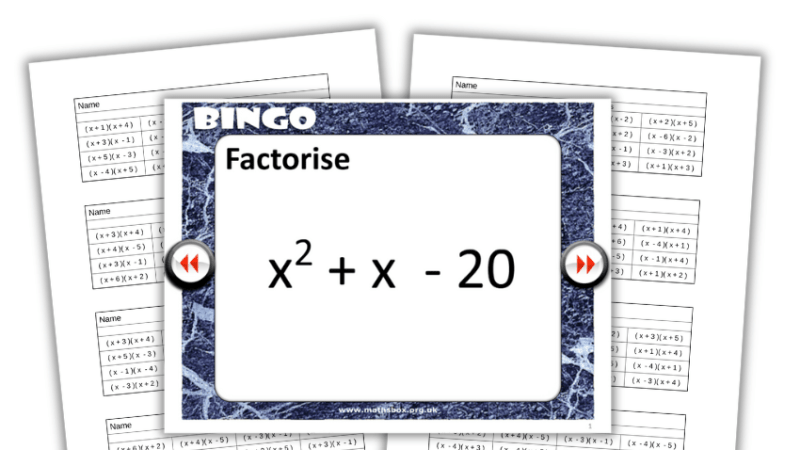Learner progress – Don’t apologise for offering a ‘linear curriculum’

Colin Foster explains how teachers can embrace the messy uncertainty of learning while still keeping a specific destination in mind…

- by Colin Foster

I often hear people remark that ‘learning isn’t linear’. What I think they mean by this is that learning can often be messy, complicated and unpredictable.
After all, human beings are complex creatures. The process of learning anything complicated can quickly become a dense, involved journey full of twists and turns.
We can’t simply and directly control another human being’s thinking and shape it in exactly the way we desire – which, on balance, is surely a good thing for preserving our sense of freedom and agency!
Is a curriculum linear?
We therefore shouldn’t try to operate as though learning is simply a straightforward process of incremental progress – like building a wall, where one brick is placed atop another, and then another, until the desired endpoint is reached. Learning is much more problematic than that.
There may be times when we have to go back and unpick something that we thought our students had already learned. In the process of doing so, it might seem that we’re not making much headway, yet taking this step could prove essential for our students’ long-term benefit. Teaching can sometimes feel like taking one step forward and two steps back, but that doesn’t necessarily mean we’re doing anything wrong.
I tend to agree that this is often the case, but I also believe that the ‘learning is linear’ mantra can sometimes have a disempowering effect when it comes to teachers’ planning. If the process of learning really is as complex and uncontrollable as it seems, then what can teachers possibly seek to do, other than turn up in the classroom, hope for the best and attempt to deal with whatever occurs?
What’s the point of doing careful planning and curriculum sequencing if ‘learning isn’t linear’? Should we instead simply offer students a wide variety of ‘rich’ experiences, and trust them to make whatever sense they can out of what we provide them with?
Taking account of differences
I personally think that teachers are capable of achieving much more than this. Regardless of whether learning is indeed linear or not, one thing that definitely is linear is time. However ‘non-linear’ a given student’s experiences of a subject may be, their lessons are guaranteed to come at them one after another, in a specific order and sequence.
Students may well take different paths before arriving at a deep understanding of the subject, but each of those winding paths will necessarily unfold through time, with one event happening after another. It therefore seems to me that we don’t need to be apologetic about offering a ‘linear’ curriculum, providing we recognise that students’ movement through it may involve some circling back and revisiting of areas at a later date. As Pete Griffin observed, “Teaching takes place in time; learning takes place over time.”*
No teacher with more than five minutes of experience will naively assume that students will immediately understand and retain everything that they’re taught, with instant success the first time they encounter any given topic. The point of regular formative assessment is to try and remain in touch with where students are at each moment in time, so that we can support them as effectively as possible in moving forwards.
A one-size-fits-all approach clearly won’t make sense if it fails to respond to what the teacher sees in front of them – but I would also advise against going too far in the opposite direction, by exaggerating the differences between our students.
Avoiding linearity
One of the major ways in which students differ is in terms of their prior knowledge. This doesn’t necessarily mean that they’re on different ‘tracks’, and therefore need to journey through different ‘curricula’ – they might simply be at different positions along similar trajectories.
There might need to be more intensive support for some students, to help accelerate them along and build securely on what they know, but this needn’t amount to them taking a substantially different path. In fact, there are likely many more similarities between most students’ trajectories through any given subject than differences.
Postmodernists tend to talk negatively of ‘linear thought’, as if it’s something that’s old-fashioned and outdated. Instead, they talk highly of ‘non-linear’ thinking that’s based more on intuition and subjectivity. Yet I think it’s a serious obstacle to good curriculum design if we allow ourselves to conceive of ‘linear’ as always being a bad thing.
Carefully plotting out the knowledge students need to develop at different points, while taking serious account of the necessary prerequisites, is just sensible curriculum planning, and still seems like the best bet for ensuring that as many students as possible can progress successfully in their learning.
Of course, there can be no guarantees that Student X will definitely learn Content Y on Day Z, and never need to go back and look at it again. The whole idea of retrieval practice is built on the notion of forgetting. As teachers, we’re aware of how important it is that we return to previously-covered ideas so as to reinforce them and build on them.
Yet at the same time, it’s necessary for us retain a clear sense of the big-picture learning path we want students to take, if we’re to effectively plan for students’ progression.
Keep to the path
It might not be as catchy as ‘learning isn’t linear’, but ‘learning isn’t monotonic’ might better capture the intended point.
‘Monotonic’ progress is unidirectional – for example, always getting better each day. That might seem like an unrealistic expectation at first glance, but while there will inevitably be ups and downs as students move through the curriculum, zooming out should reveal a general progression along an intended path.
Planning for this doesn’t equate to making simplistic assumptions around ‘linearity’. It simply acknowledges that we have a clear goal in sight for our students, and that we’ve carefully thought through how best to help them get there.
When this is backed by effective formative assessment, we can rapidly identify where particular problems might arise for certain students along the way. That’s the point at which we can take the opportunity to circle back, revisit things and intervene.
Yet the overall picture is one of progress – in a linear direction, along a path we’ve planned for and prescribed as carefully as we can. That’s what we need to aim for.
*Griffin, P. (1989). Teaching takes place in time, learning takes place over time. Mathematics Teaching, 126, 12–13
Colin Foster (@colinfoster77) is a Reader in Mathematics Education in the Department of Mathematics Education at Loughborough University and has written numerous books and articles for mathematics teachers; for more information, visit foster77.co.uk









